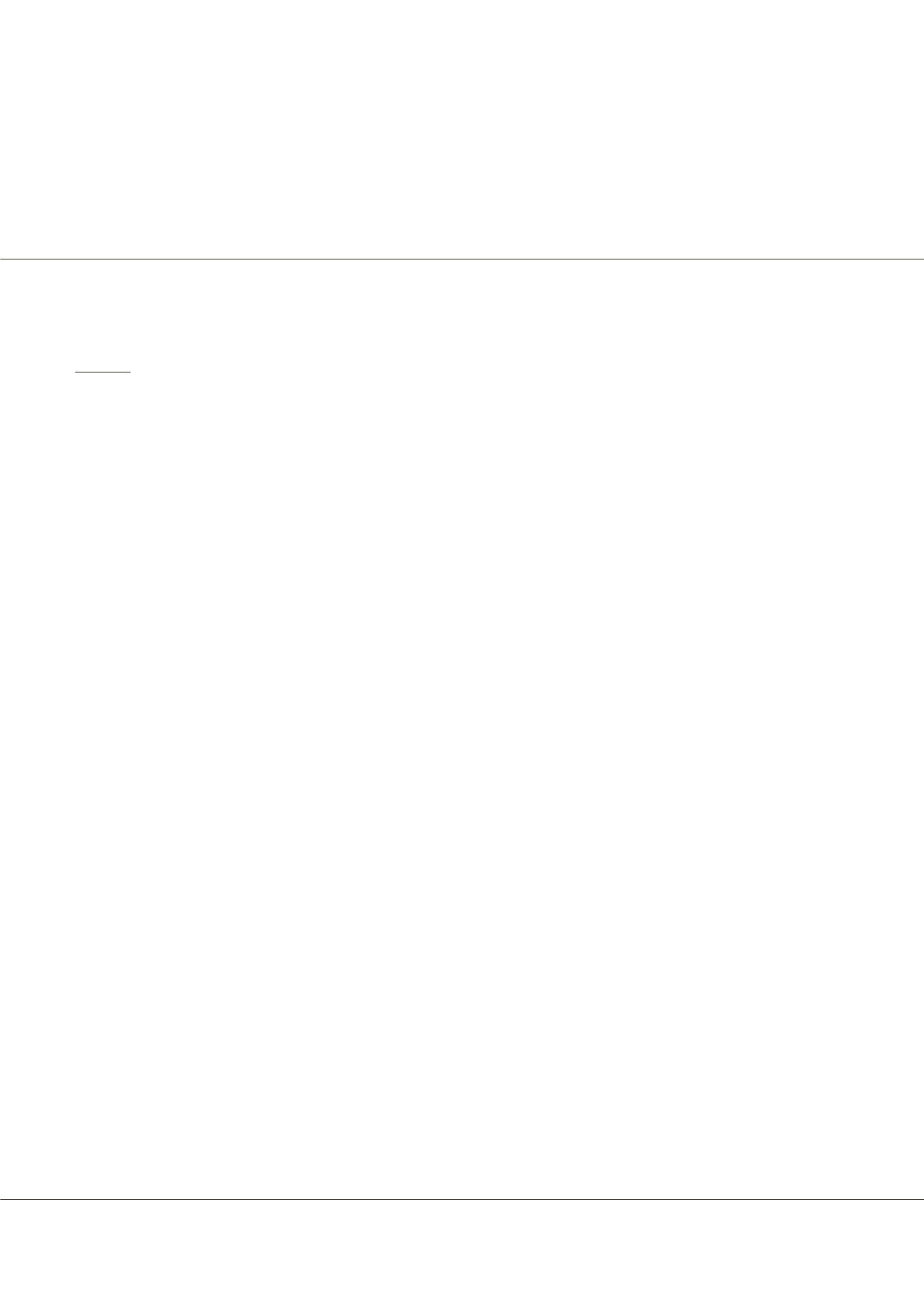

Page 67
Notes:
conferenceseries
.com
Volume 8, Issue 4 (Suppl)
J Health Med Inform, an open access journal
ISSN: 2157-7420
Medical Informatics 2017
August 31- 01 September, 2017
August 31- 01 September, 2017 | Prague, Czech Republic
5
th
International Conference on
Medical Informatics & Telemedicine
J Health Med Informat 2017, 8:4 (Suppl)
DOI: 10.4172/2157-7420-C1-019
NO DEMONSTRABLE RELATIONSHIPWAS FOUND BETWEENALCOHOLDEPENDENCE
AND CONCOMITANT DRUG ABUSE AMONGST DETAINEES IN POLICE CUSTODY IN
WEST YORKSHIRE, ENGLAND
Remy Bahl
a
and
William P Tormey
a
a
University of Ulster, UK
T
he behavioural effects of alcohol and drug abuse may lead to arrest by the police. Individuals who abuse one substance
may be at risk of developing multiple drug dependencies. Using the forensic records, data were collected on 50 successive
subjects detained in police custodies across West Yorkshire, England who gave history of alcohol addiction to a single practitioner.
The degree of correlation between alcohol dependency and illicit drug usage was assessed by calculating the Spearman’s Rank
coefficient. Thirty three subjects in this study did not use any illicit drugs. There was no correlation between alcohol dependency
and concomitant drug abuse in this group. Spearman’s coefficient was statistically insignificant (p = 0.230). Kruskal’s Gamma,
which is used for comparing ordinal data, also failed to show a significant link between the alcohol and drug group (p = 0.185). As
the degree of alcohol dependency increased, co-use of other drugs decreased. Conversely as the use of stronger drugs increased,
co-use with alcohol and other drugs increased. Alcohol dependency is a distinct disorder. Once alcoholism had set in, the use of
other drugs falls. The forensic behavioural patterns linked alcohol with “violent disorder” and Class A drug abuse with “organised
crime”. This study does not support the contention that most alcohol dependent individuals will also abuse illicit drugs.
















